Black Box Testing In Software Engineering
4.9 out of 5 based on 8569 votesLast updated on 2nd Nov 2023 4.9K Views
- Bookmark

Black box testing is a method of testing software where internal code details are unknown, focusing on input-output behavior.
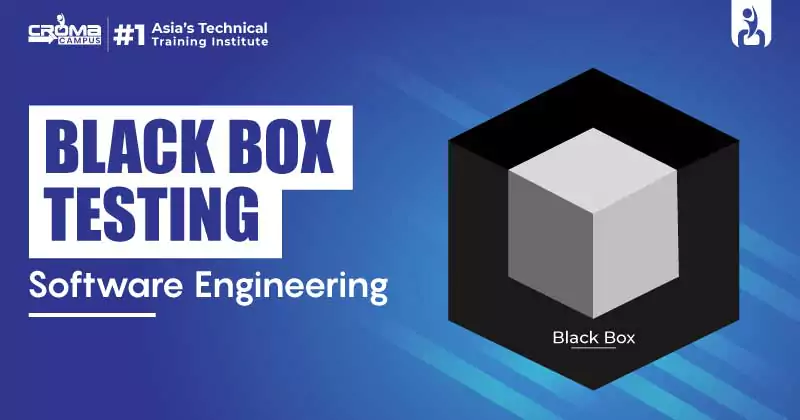
This blog covers Black Box testing in-depth, its approaches, test cases and test procedures, techniques, SDLC integration, types, tools, features, comparisons with White Box testing, and its advantages and disadvantages. It offers valuable insights and key takeaways for Black Box Testing in Software Engineering.
Table of Contents:
- What is Black Box testing
- Black Box Testing Approaches
- Syntax-driven Testing
- Equivalence Partitioning
- Understanding Test cases and Test Procedures
- Black Box Testing Techniques
- SDLC in Black Box testing
- Black Box Testing Types
- Black Box Testing Tools
- Black Box Testing Features
- Black Box Testing vs White Box Testing
- Black Box Testing Advantages
- Black Box Testing Disadvantages
- Highlights or Takeaways
What is Black Box Testing?
Black box testing is a simple and effective way to test any software functionally not technically. In this method, software testers focus on checking if the software is performing the same way as it was expected to do, without worrying about any technical details.
Let us understand in easy steps how black box testing works in Software Engineering:
- Begin with a set of requirements defined by the customer. These requirements essentially serve as the software's rulebook.
- Select a specific function within the software.
- Provide input to this function to see how it responds.
- Evaluate whether the function delivers the expected output in accordance with the established requirements.
- If the function produces the correct output, it passes the test; otherwise, it fails.
- Share the test results with the development team for their reference and potential corrections.
- Repeat this process for all functions within the software.
- In the event of significant issues, return the software to the development team for further adjustments.
It is all about making sure the software works correctly based on the rules, without getting into the technical stuff.
Black Box Testing Approaches
Here are two ways to perform black box testing:
A) Syntax-Driven Testing
Black box testing encompasses various strategies. One such approach is Syntax-Driven Testing, which is applicable to systems that possess a syntactical representation using a specific language. This category includes systems like compilers or those represented by context-free grammar.
In this method, the focus is on generating test cases to ensure that each grammar rule is exercised at least once.
B) Equivalence Partitioning
Another valuable technique is Equivalence Partitioning. This strategy aims to streamline the testing process for inputs that exhibit similar behavior. Instead of individually testing every input, equivalence partitioning involves grouping similar inputs into equivalence classes.
The goal is to create classes where each member functions similarly. If a test case in one class produces an error, it's expected that other members of the same class will yield the same error.
Tips: Master essential skills with a Software Testing Certification to excel in testing methodologies, ensuring software quality, efficiency, and reliability in today’s competitive IT industry.
Understanding Test Procedures and Test Cases in Black Box Testing
Test Procedure
- Black box testing focuses on test case creation without the need for programming knowledge.
- Automation Tester utilize various techniques to develop test cases.
- Techniques include decision tables, boundary value analysis, state transition, All-pair testing, cause-effect graph, equivalence partitioning, error guessing, use case, and user story techniques.
Test Cases:
- Created based on software specifications and requirements.
- Cover both positive and adverse scenarios for functional and non-functional testing.
- Developed by the testing team independently of the development team.
Techniques used in Black Box Testing
Decision Table Technique:
- Identification: Recognize functions with logical relationships involving two or more inputs.
- Procedure: Input combinations and corresponding system behaviors are captured systematically in tabular form.
- Example: For a flight booking system, inputs could include "departure location," "destination," and "travel date," with corresponding behaviors such as "ticket booking" or "error message."
Boundary Value Technique:
- Identification: Test the boundaries of variable inputs.
- Procedure: Examine upper and lower limits of input variables to verify correct system behavior.
- Example: For a password field, test minimum and maximum character lengths to ensure the software responds accurately.
State Transition Technique:
- Identification: Applicable for applications offering a limited number of access attempts.
- Procedure: Observe software behavior with different input values, especially transitions between different states or screens.
- Example: A mobile phone lock screen with three attempts to enter the correct PIN before a lockout could be tested.
All-Pair Testing Technique:
- Identification: Suitable for applications with various input options, such as checkboxes, radio buttons, and dropdown lists.
- Procedure: Test all possible discrete combinations of values efficiently to ensure software compatibility.
- Example: Testing a web form with multiple input fields and options for various user preferences.
Note: Tosca is a leading test automation tool enabling seamless software testing. Achieving Tosca Certification enhances expertise, boosting career opportunities in automation and quality assurance.
Cause-Effect Technique:
- Identification: Establishes relationships between results (effects) and influencing factors (causes).
- Procedure: Represent causes and effects using Boolean graphs and decision tables.
- Example: In a mobile app, causes like "low battery" or "no internet connection" could result in effects like "app crash" or "error message."
Equivalence Partitioning Technique:
- Identification: Suitable for partitioning input data into valid and invalid categories.
- Procedure: Define partitions, ensuring that all elements within a partition exhibit the same behavior.
- Example: Testing an age field where partitions may include "valid adult ages" and "invalid age values," with expected behaviors for each.
Error Guessing Technique:
- Identification: Based on the tester's experience to identify potential problematic areas.
- Procedure: Leverages tester expertise to predict areas in the software that may contain errors.
- Example: A seasoned tester might focus on complex calculations or data handling functions as potential error-prone areas.
Use Case Technique:
- Identification: Focuses on end-to-end scenarios as per system usage.
- Procedure: Create test scenarios that cover the complete software functionality from initiation to completion.
- Example: In an e-commerce application, a use case might involve the entire process of selecting items, adding them to the cart, and completing the purchase.
Related Topics:
Automation Software Testing Course
SDLC for Black Box Testing in Software Engineering
Black box testing follows its own life cycle, known as the Software Testing Life Cycle (STLC), which aligns with various stages within the Software Development Life Cycle of Software Engineering (SDLC):
1. Requirement Gathering:
- In the initial stage of the SDLC, requirements are collected.
- Software testers actively participate in this phase.
2. Test Planning & Analysis:
- Appropriate testing types for the project are identified.
- A comprehensive Test Plan is developed, which assesses potential project risks and outlines mitigation strategies.
3. Design:
- During this phase, test cases/scripts are crafted based on software requirement documents.
4. Test Execution:
- Test cases created in the previous phase are executed.
- Any identified bugs are addressed, and re-testing is performed as necessary.
Black Box Testing Types
Here are the different categories of black box testing:
- Functional Testing: This assesses the system's compliance with its functional requirements.
- Regression Testing: Ensures that new code additions do not disrupt the existing functionality after system maintenance or upgrades.
- Nonfunctional Testing (NFT): This type of testing does not focus on the functionality but examines aspects like performance, usability, and scalability.
Courses in Testing:
Online Software Testing Course
Playwright Automation with Javascript Course
Tools Used for Black Box Testing:
Before we discuss tools, let us have a quick what can be identified by black box testing and tools to make the identification process simpler and faster. Black box testing is a valuable approach for uncovering a range of software issues, including:
- Missing Functions: It helps identify functions or features that may be absent or not working as expected, ensuring the software delivers the intended capabilities.
- Incorrect Function & Interface Errors: Black box testing reveals incorrect functionalities and interface errors, pinpointing areas where the software doesn't behave as intended or where user interactions may lead to unexpected results.
- Database Access Errors: It uncovers errors related to accessing databases, such as incorrect data retrieval, data corruption, or connectivity issues, which can affect the software's performance and data integrity.
- Initiation and Termination Errors: Black box testing can detect errors occurring during the initiation and termination of functions or processes, ensuring the software operates smoothly from start to finish.
- Performance and Behavioral Issues: It identifies performance bottlenecks and behavioral anomalies, allowing for the optimization of the software's speed, responsiveness, and overall behavior.
List of Tools:
- Appium: Appium is an open-source automation tool for mobile applications that enables black box testing on various platforms and devices, making it easier to ensure mobile app functionality and compatibility.
- Selenium Testing: Selenium is a widely-used, open-source web testing framework that allows testers to automate web applications and conduct black box testing on various browsers to verify functionality and compatibility.
- Microsoft Coded UI: Microsoft Coded UI, a part of Visual Studio, is a testing tool that automates black box testing for Windows applications, offering efficient testing and validation capabilities.
- Applitools: Applitools is an automated visual testing tool for web and mobile applications. It performs black-box testing by comparing and validating the visual output of applications, ensuring consistent user interface appearance.
- HP QTP (QuickTest Professional): Now known as Micro Focus UFT (Unified Functional Testing), it's a widely-used commercial testing tool for conducting black box testing of web and desktop applications. It offers a comprehensive set of features for test automation and validation.
You May Also Read:
Software Testing Interview Questions
Data Flow Testing in Software Testing
Software Testing Certifications in Demand
Dynamic Testing in Software Testing
Software Testing Strategies in Software Engineering
Features of Black Box Testing:
- Independent Testing: Black box testing is conducted by testers who are not part of the development team, ensuring unbiased and impartial testing.
- User-Centric Perspective: Testing is performed from an end-user's viewpoint, ensuring that the application aligns with user requirements and is user-friendly.
- No Access to Internal Code: Testers do not have access to the application's internal code, focusing solely on external behavior and functionality.
- Requirements-Based: Black box testing is typically driven by the application's requirements, ensuring compliance with specified specifications.
- Versatile Testing Techniques: It can employ various techniques like functional, usability, acceptance, and regression testing.
- Automation-Friendly: Easily automatable using testing tools, reducing testing time and effort.
- Scalability: Scalable to accommodate applications of varying sizes and complexities.
- Limited Application Knowledge: Testers have limited knowledge of the application, simulating end-user interaction effectively.
Black Box Testing vs White Box Testing
Black Box Testing and White Box Testing are two contrasting software testing methodologies with differing focuses and approaches.
Comparison:
Choosing between black-box and white-box testing depends on the project's goals and the level of code involvement required for effective testing.
Know More About: Manual Testing Course
Advantages of Black Box Testing:
- Requires minimal functional knowledge or programming skills for implementation.
- Efficient for testing in larger systems.
- Tests mirror user or client perspectives.
- Test cases are reproducible.
- Effective in revealing ambiguities and contradictions in functional specifications.
Disadvantages of Black Box Testing:
- Risk of repetitive tests during the testing process.
- Difficulty in implementing test cases without clear functional specifications.
- Complex inputs at different testing stages can complicate test execution.
- Some test failures may not indicate the reason.
- Certain parts of the application remain untested.
- Control structure errors are not detected.
- Testing a large input space can be time-consuming and exhaustive.
Highlights:
Black box testing assesses application functionality by examining output. Test cases pass when the output aligns with expectations, but discrepancies signal bugs. This method is faster and demands less coding expertise compared to white box testing, often performed manually. Equivalence class partitioning, Boundary Value Analysis, and Decision Table testing exemplify black box testing techniques. However, it cannot detect faulty code structures, as it primarily focuses on functionality and output validation.
Subscribe For Free Demo
Free Demo for Corporate & Online Trainings.
Your email address will not be published. Required fields are marked *

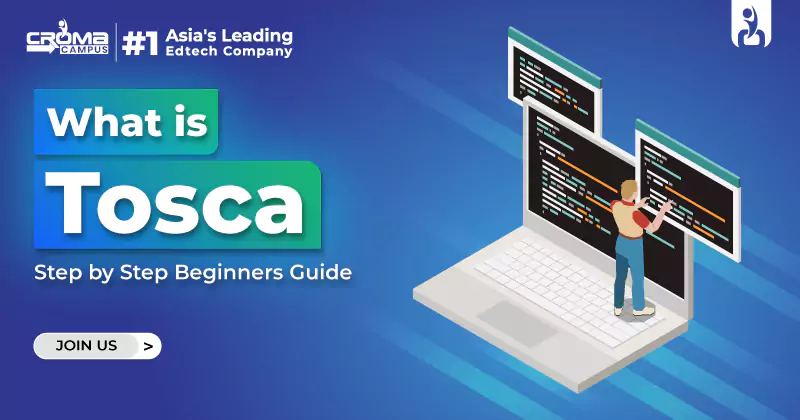
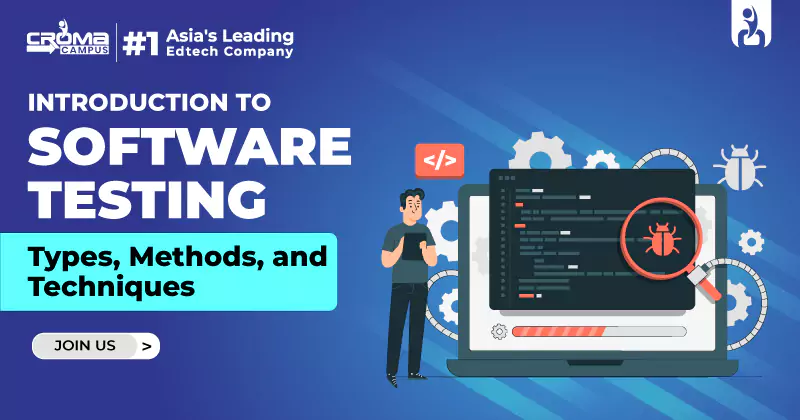
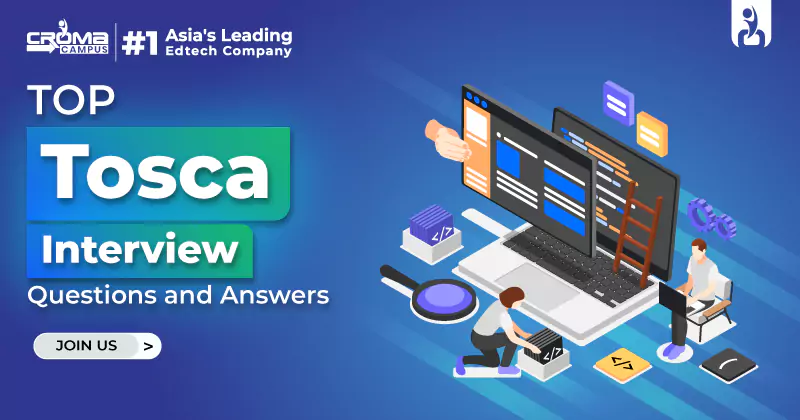

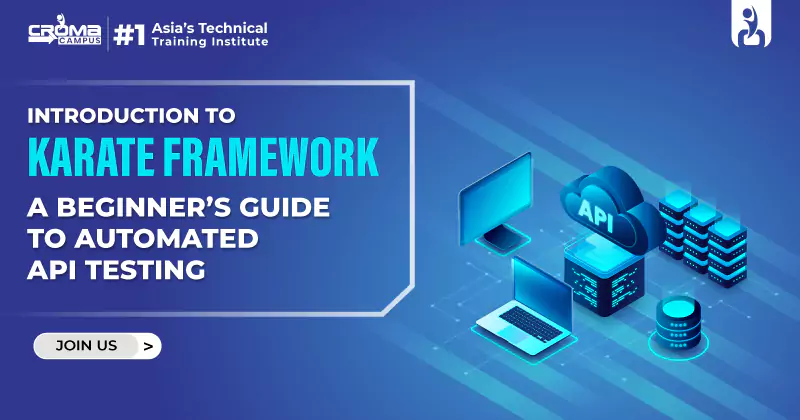
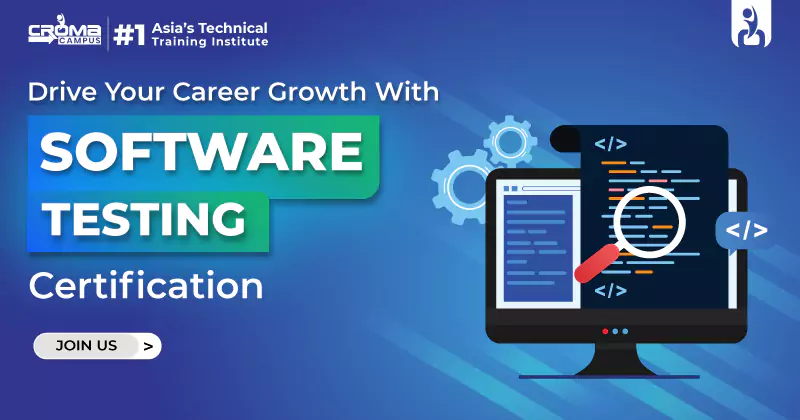

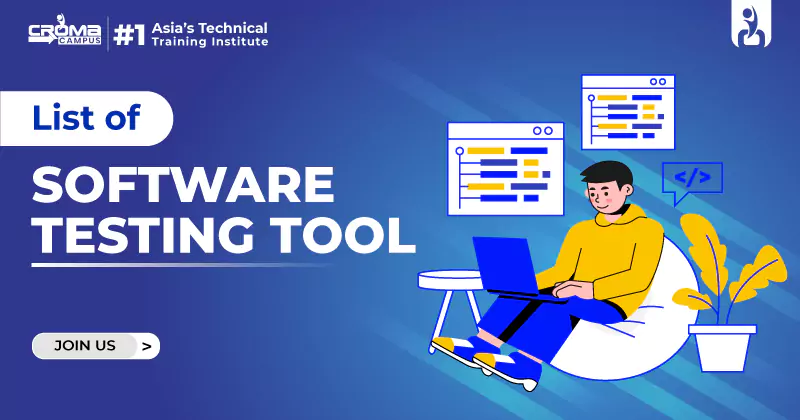

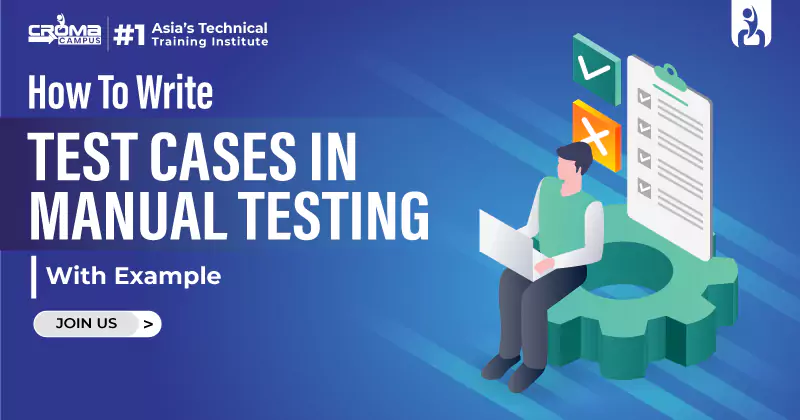
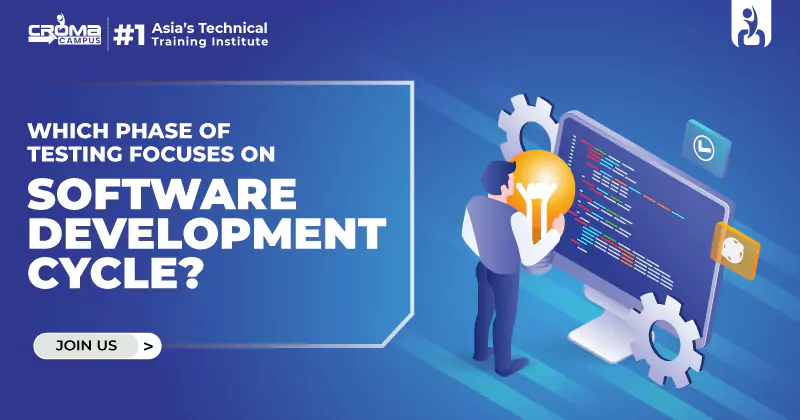










 Master in Cloud Computing Training
Master in Cloud Computing Training